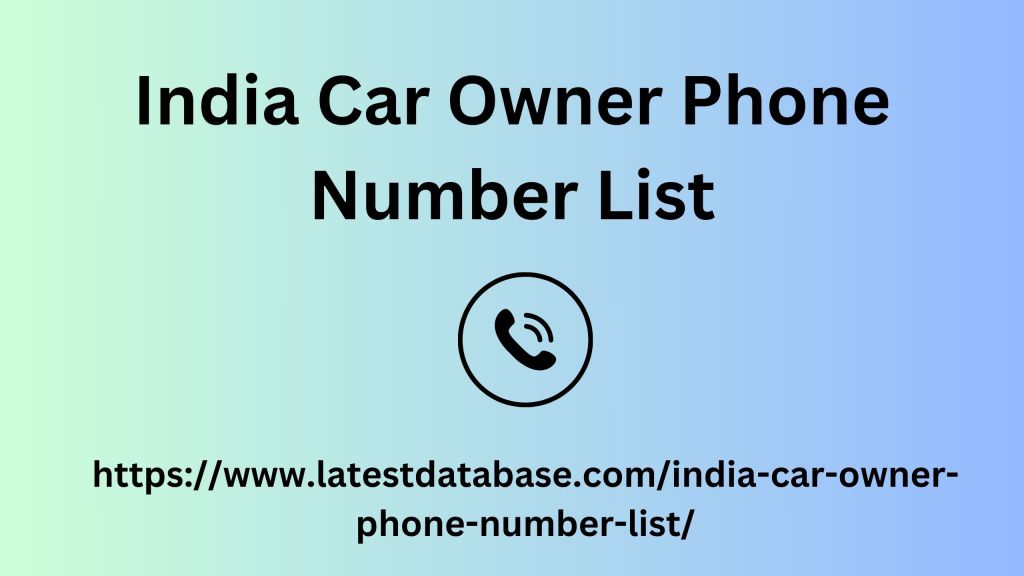|
|
It is also visible on all subpages. It makes sense to place an additional vertical navigation bar (sidebar menu) on the left side, especially on subpages, such as category pages. “You are here” The navigation menu also lets the user see which category in your shop they are currently in. Ideally, the currently accessed menu item is highlighted, as is the case with Zalando (first example) or Stylefile (second example): Navigation bar with main categories menu item Example style file Sticky menu On websites with a large amount of content, it is advisable to use a “sticky menu” or “sticky navigation”.
This means that the menu is permanently visible, even when the user scrolls India Car Owner Phone Number List down the page. You know this principle from Facebook, for example: no matter how far you scroll, the blue bar with the search field, messenger, etc. is always visible at the top. For visitors to your shop, permanently visible navigation means greater user-friendliness because they always have the categories in front of them and do not have to scroll back up to navigate to the next (sub)category. sticky menu Zebraclub Berlin comes with a sticky menu or a sticky header: no matter how far the user scrolls through the products, the categories always remain visible. fixed menu bar Blutsgeschwister also relies on the sticky header.

When the user starts scrolling, the header minimizes and leaves enough space for the product presentation. Clarity: The be-all and end-all of a user-friendly menu When it comes to navigation, clarity is the key word. The user should be able to quickly find their way around your shop. The fewer navigation levels there are, the better. In practice, a large number of categories and subcategories cannot be avoided, especially with larger websites and online shops.
|
|